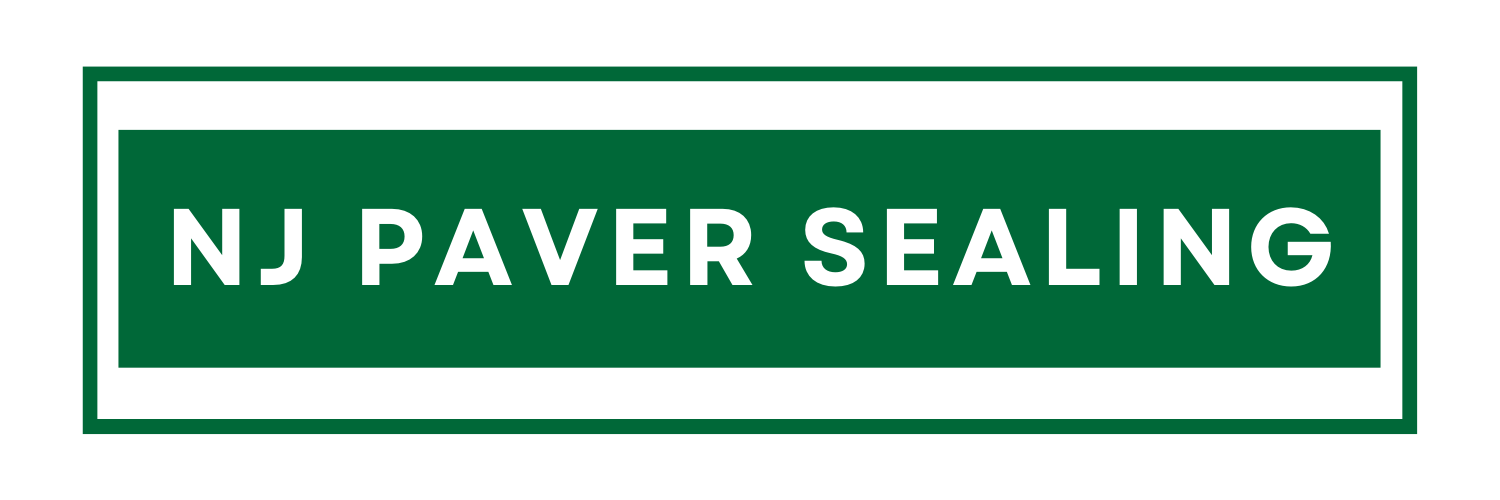Pavers can enhance the beauty of your outdoor space, but they require maintenance to stay in top shape. One of the most important maintenance tasks is sealing your pavers. If you live in Toms River, NJ, the unique weather patterns can accelerate wear and tear on your pavers. But how do you know when it’s time to reseal? Here are the top signs it’s time to seal your pavers to keep them looking great and structurally sound.
1. Fading Color on Your Pavers
One of the first signs it’s time to reseal your pavers is noticeable fading. Toms River experiences both hot summers and harsh winters, and UV rays from the sun can cause your pavers to lose their vibrant color. A faded appearance means the original sealant has worn off, leaving your pavers exposed to the elements.
- UV rays cause fading, making pavers look dull.
- Resealing restores their rich, original color and adds a protective barrier.
If you’re noticing that your pavers don’t look as bright as they once did, it’s time to contact NJ Paver Sealing to restore their color and protect them from further damage.
2. Water No Longer Beads on the Surface
An easy way to test if your pavers need resealing is by checking how water behaves on the surface. In Toms River, with its frequent rains, sealed pavers should cause water to bead up and roll off. If water is soaking into the pavers instead of beading, the sealant has worn away, leaving the pavers vulnerable to moisture damage.
- Water infiltration can lead to erosion and shifting.
- Beading water indicates an effective sealant is still in place.
If your pavers are soaking up water instead of repelling it, it’s a clear sign you need to reseal. Schedule your service with NJ Paver Sealing to keep your outdoor space protected.
3. Weeds or Moss Growing Between Pavers
Toms River’s humidity can encourage weed and moss growth between pavers if they are not properly sealed. Weeds and moss thrive in the spaces between unsealed pavers because they can easily take root in exposed joint sand. This not only affects the appearance but can also cause long-term damage by forcing the pavers apart.
- Weeds and moss growing between pavers are signs that the sealant is wearing off.
- Sealing creates a barrier that discourages plant growth and keeps your pavers tightly in place.
4. Joint Sand Erosion
Joint sand is crucial for keeping your pavers stable and in place. Over time, water and weather conditions in Toms River can cause the sand to wash away, leaving gaps between the pavers. Eroded joint sand makes your pavers more likely to shift, become uneven, or even crack.
- Missing or eroded joint sand compromises the stability of your paver system.
- Resealing helps lock in the joint sand, preventing further erosion.
If you notice loose or missing sand between your pavers, it’s a strong indication that it’s time for resealing. Let NJ Paver Sealing restore the stability of your pavers.
5. Stains That Are Hard to Remove
Unsealed pavers are porous, meaning they can absorb spills, oil, and dirt, making stains difficult to remove. If your pavers are looking dirty or stained, it’s time to reseal them. A good sealer will protect your pavers from future stains by creating a barrier that repels liquids and grime.
- Stains like oil or food spills can penetrate unsealed pavers, leaving permanent marks.
- Sealing prevents future stains and makes cleaning easier.
Protect Your Pavers Today!
Don’t wait until your pavers are beyond repair. If you’ve noticed any of these signs, it’s time to reseal. Contact NJ Paver Sealing at 732-800-6085 or visit their Google Maps listing to schedule your paver sealing service today. Protect your investment and enjoy beautiful, long-lasting pavers in Toms River!
